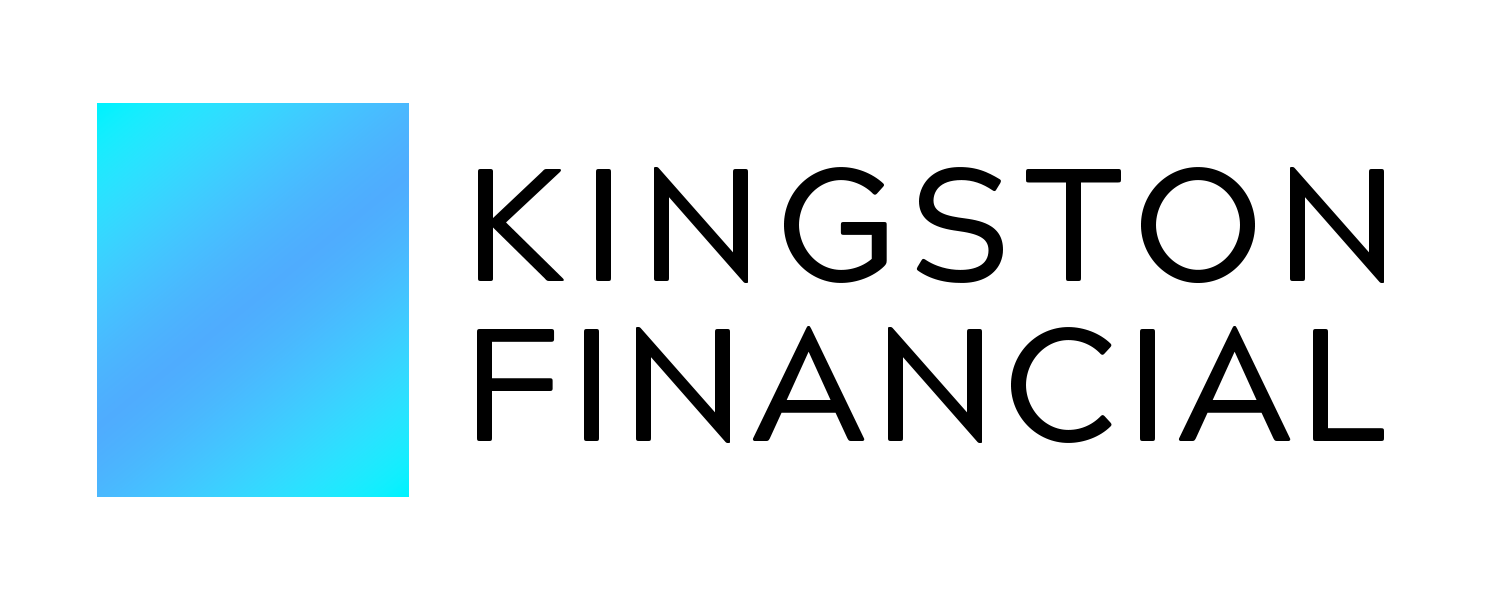What Is a Conventional Mortgage or Loan?
A conventional mortgage or conventional loan is any type of home buyer’s loan that is not offered or secured by a government entity. Instead, conventional mortgages are available from private lenders such as banks, credit unions, and mortgage companies. However, some conventional mortgages can be guaranteed by two government-sponsored enterprises: the Federal National Mortgage Association (Fannie Mae) and the Federal Home Loan Mortgage Corporation (Freddie Mac).
KEY TAKEAWAYS
- A conventional mortgage or conventional loan is a home buyer’s loan that is not offered or secured by a government entity.
- It is available through or guaranteed by a private lender or the two government-sponsored enterprises—Fannie Mae and Freddie Mac.
- Potential borrowers need to complete an official mortgage application, supply required documents, credit history, and current credit score.
- Conventional loan interest rates tend to be higher than those of government-backed mortgages, such as FHA loans.

Understanding Conventional Mortgages and Loans
Conventional mortgages typically have a fixed interest rate, which means that the interest rate does not change during the loan’s term. Conventional mortgages or loans are not guaranteed by the federal government and, as a result, banks and creditors typically have stricter lending requirements.
Some of the government agencies that secure mortgages for banks include the Federal Housing Administration (FHA), the U.S. Department of Veterans Affairs (VA), and the USDA Rural Housing Service. However, there are requirements that borrowers must meet to qualify for these programs.
Conventional vs. Conforming
Conventional loans are frequently referred to incorrectly as conforming mortgages or loans. While there is some overlap, the two categories are distinct. A conforming mortgage is one whose underlying terms and conditions meet Fannie Mae and Freddie Mac’s funding criteria. The Federal Housing Finance Agency sets an annual dollar limit, which is the most important of these (FHFA).
So, while all conforming loans are conventional, not all conventional loans are conforming. A jumbo mortgage of $800,000, for example, is a conventional mortgage but not a conforming mortgage because it exceeds the amount that would allow it to be backed by Fannie Mae or Freddie Mac.
The secondary market for conventional mortgages is extremely large and liquid. Most conventional mortgages are packaged into pass-through mortgage-backed securities, which trade in a well-established forward market known as the mortgage to be announced (TBA) market. Many of these conventional pass-through securities are further securitized as collateralized mortgage obligations (CMOs).
How a Conventional Mortgage or Loan Works
In the years since the subprime mortgage meltdown in 2007, lenders have tightened loan qualifications—”no verification” and “no down payment” mortgages, for example, have vanished—but most of the basic requirements haven’t changed. Potential borrowers must fill out an official mortgage application (and usually pay an application fee), then provide the lender with the necessary documents so that the lender can conduct a thorough investigation into their background, credit history, and current credit score.
Required Documentation
No property is ever 100% financed. A lender will look at your assets and liabilities to see if you can afford your monthly mortgage payments, which should not exceed 28% of your gross income. The lender is also looking to see if you can afford a down payment on the property (and, if so, how much), as well as other upfront costs like loan origination or underwriting fees, broker fees, and settlement or closing costs, all of which can significantly increase the cost of a mortgage. Among the requirements are the following:
1. Proof of Income
These documents will include but may not be limited to:
● Thirty days of pay stubs that show income as well as year-to-date income ● Two years of federal tax returns
● Sixty days or a quarterly statement of all asset accounts, including your checking, savings, and any investment accounts
● Two years of W-2 statements
Borrowers also need to be prepared with proof of any additional income, such as alimony or bonuses.
2. Assets
You will need to present bank statements and investment account statements to prove that you have funds for the down payment and closing costs on the residence, as well as cash reserves. If you receive money from a friend or relative to assist with the down payment, you will need gift letters, which certify that these are not loans and have no required or obligatory repayment. These letters will often need to be notarized.
3. Employment Verification
Lenders today want to ensure that they are only lending to borrowers who have a consistent work history. Your lender will not only want to see your pay stubs, but they may also call your employer to confirm that you are still working and to verify your salary. A lender may want to contact your previous employer if you have recently changed jobs. Borrowers who are self-employed will be required to provide significant additional documentation regarding their business and income.
4. Other Documentation
Your lender will need a copy of your driver’s license or state ID card, as well as your Social Security number and signature to pull your credit report.
Interest Rates for Conventional Mortgages
Interest rates on conventional loans are typically higher than those on government-backed mortgages such as FHA loans (although these loans, which usually mandate that borrowers pay mortgage-insurance premiums, may work out to be just as costly in the long run).
A conventional mortgage’s interest rate is determined by several factors, including the loan’s terms—its length, size, and whether the interest rate is fixed or adjustable—as well as current economic or financial market conditions. Mortgage lenders set interest rates based on their expectations for future inflation; supply and demand for mortgage-backed securities also have an impact on rates.
When the Federal Reserve makes borrowing more expensive for banks by targeting a higher federal funds rate, banks pass on the higher costs to their customers, and consumer loan rates, including mortgage rates, tend to rise.
Typically linked to the interest rate are points, fees paid to the lender (or broker): the more points you pay, the lower your interest rate. One point costs 1% of the loan amount and reduces your interest rate by about 0.25%.
The final factor in determining the interest rate is the individual borrower’s financial profile: personal assets, creditworthiness, and the size of the down payment they can make on the residence to be financed.
A buyer who plans on living in a home for 10 or more years should consider paying for points to keep interest rates lower for the life of the mortgage.
Special Considerations for a Conventional Mortgage or Loan
These types of loans are not for everyone. Here’s a look at who is likely to qualify for a conventional mortgage and who is not.
Who May Qualify
People with established credit and stellar credit reports who are on a solid financial footing usually qualify for conventional mortgages. More specifically, the ideal candidate should have:
Credit Score
A credit score is a number that represents a borrower’s ability to repay a loan. Credit scores take into account a borrower’s credit history as well as the number of late payments. Approval may necessitate a credit score of at least 680, preferably well above 700. Furthermore, the higher the credit score, the lower the interest rate on the loan, with the best terms reserved for those with a score of 740 or higher.
Debt-to-Income
An acceptable debt-to-income ratio (DTI). This is the sum of your monthly debt payments, such as credit card and loan payments, divided by your monthly income. Ideally, the debt-to-income ratio should be around 36% and no higher than 43%. In other words, you should spend no more than 36% of your monthly income on debt payments.
Down Payment
A down payment of at least 20% of the home’s purchase price is readily available. Lenders can and do accept less, but if they do, they frequently require borrowers to obtain private mortgage insurance and pay monthly premiums until they have at least 20% equity in the home.
Furthermore, conventional mortgages are frequently the best or only option for homebuyers who want the residence for investment purposes, as a second home, or who want to purchase a property valued at more than $500,000.
Who May Not Qualify
In general, those who are just starting out in life, those who have a little more debt than usual, and those with a low credit score often have difficulty qualifying for conventional loans. These mortgages would be particularly difficult for those who have:
● Suffered bankruptcy or foreclosure within the past seven years
● Credit scores below 650
● DTIs above 43%
● Less than 20% or even 10% of the home’s purchase price for a down payment
However, if you are turned down for the mortgage, be sure to ask for the bank’s reasons in writing. You may qualify for other programs that could help you get approved for a mortgage.
For example, if you have no credit history and you’re a first-time homebuyer, you may qualify for an FHA loan. FHA loans are loans that are specifically designed for first-time home buyers. As a result, FHA loans have different qualifications and credit requirements, including a lower down payment.

